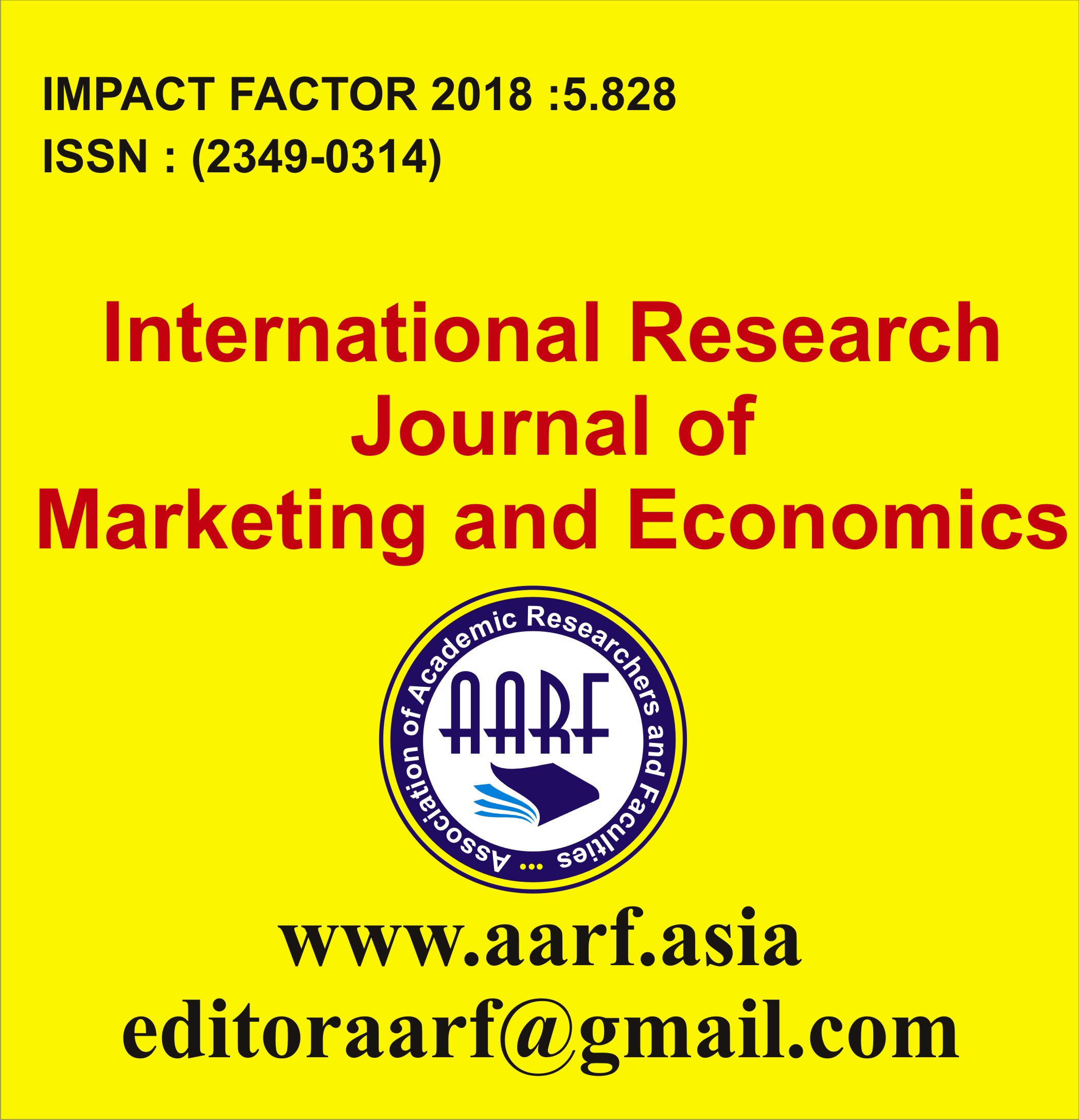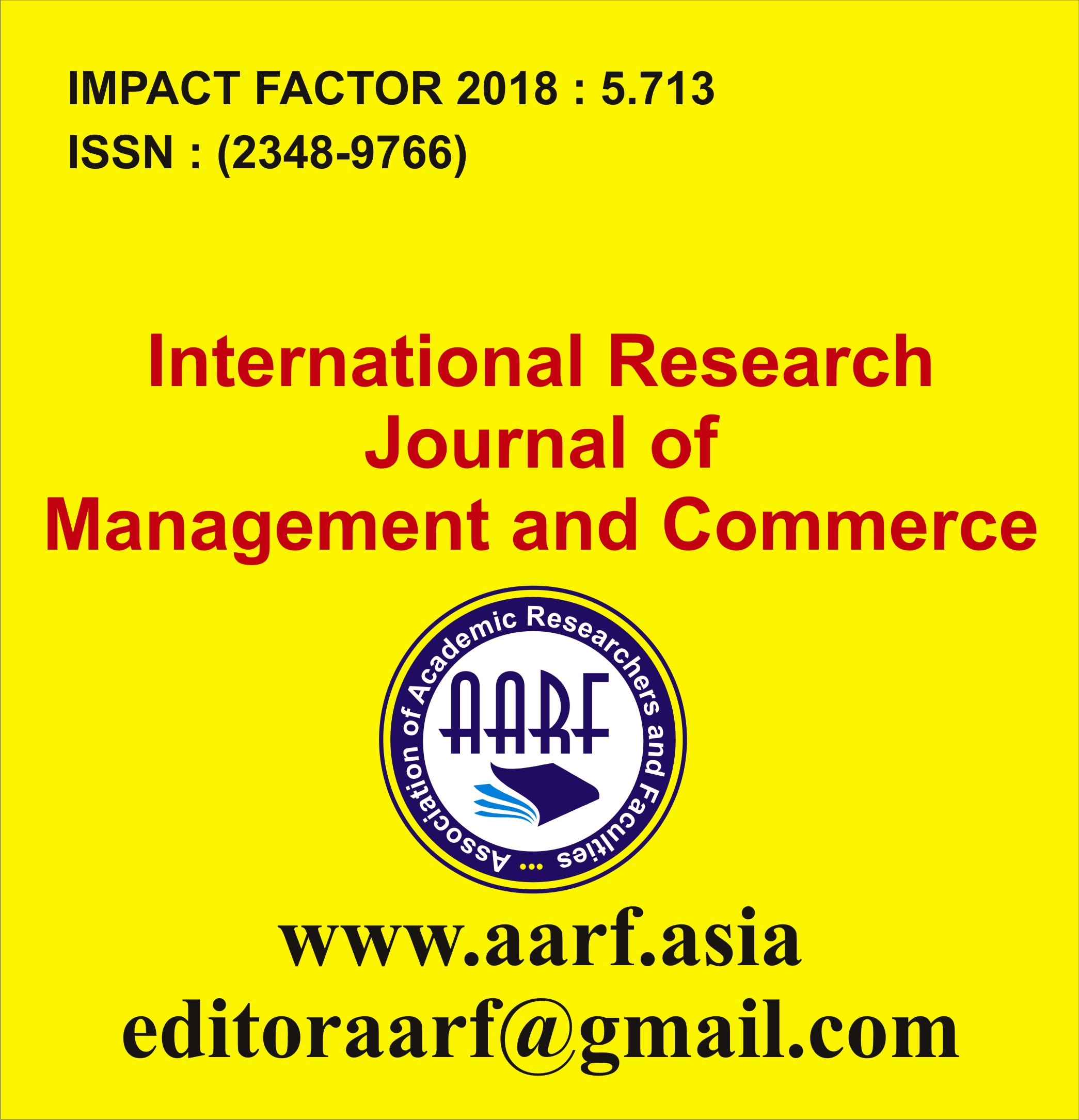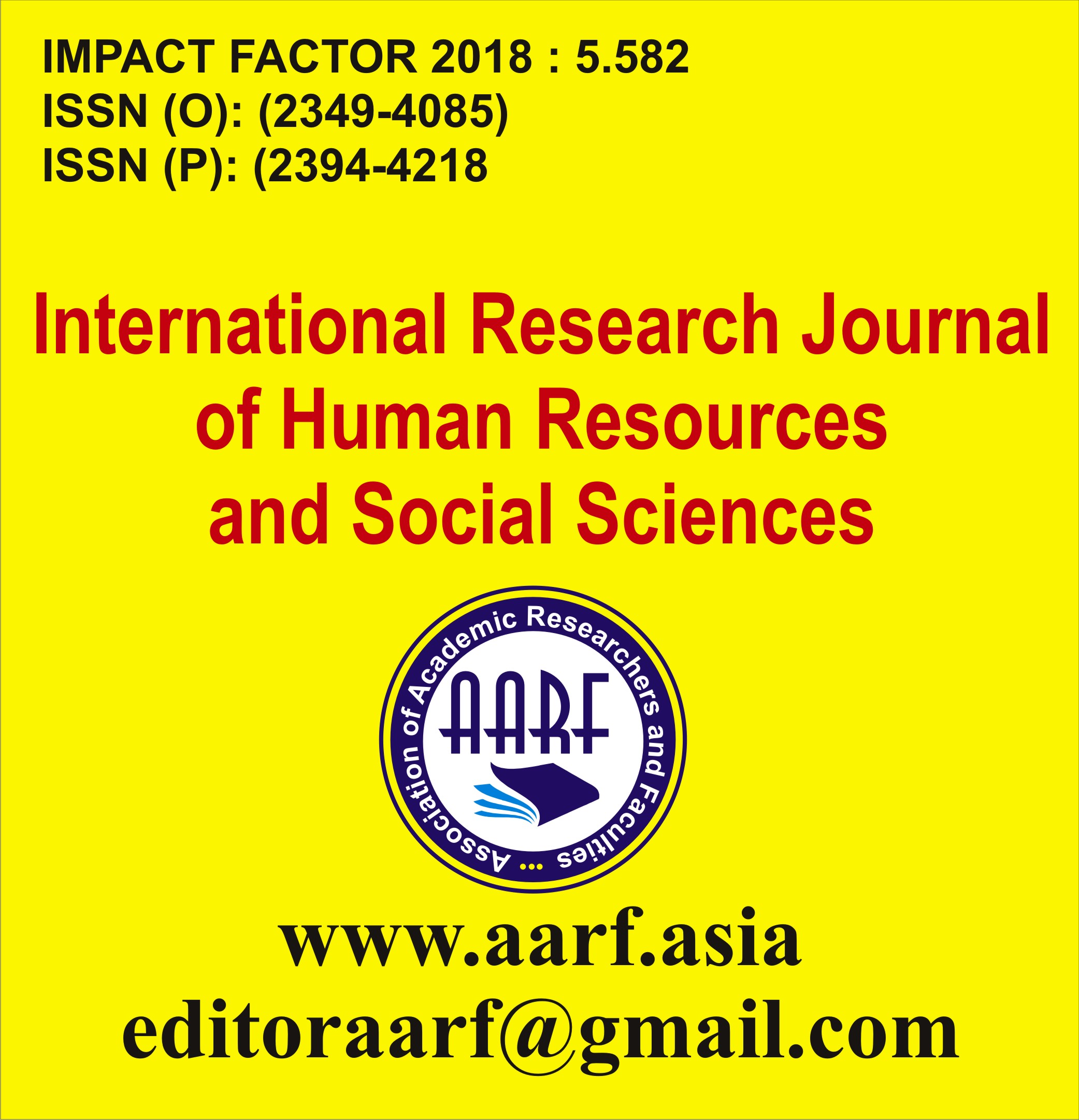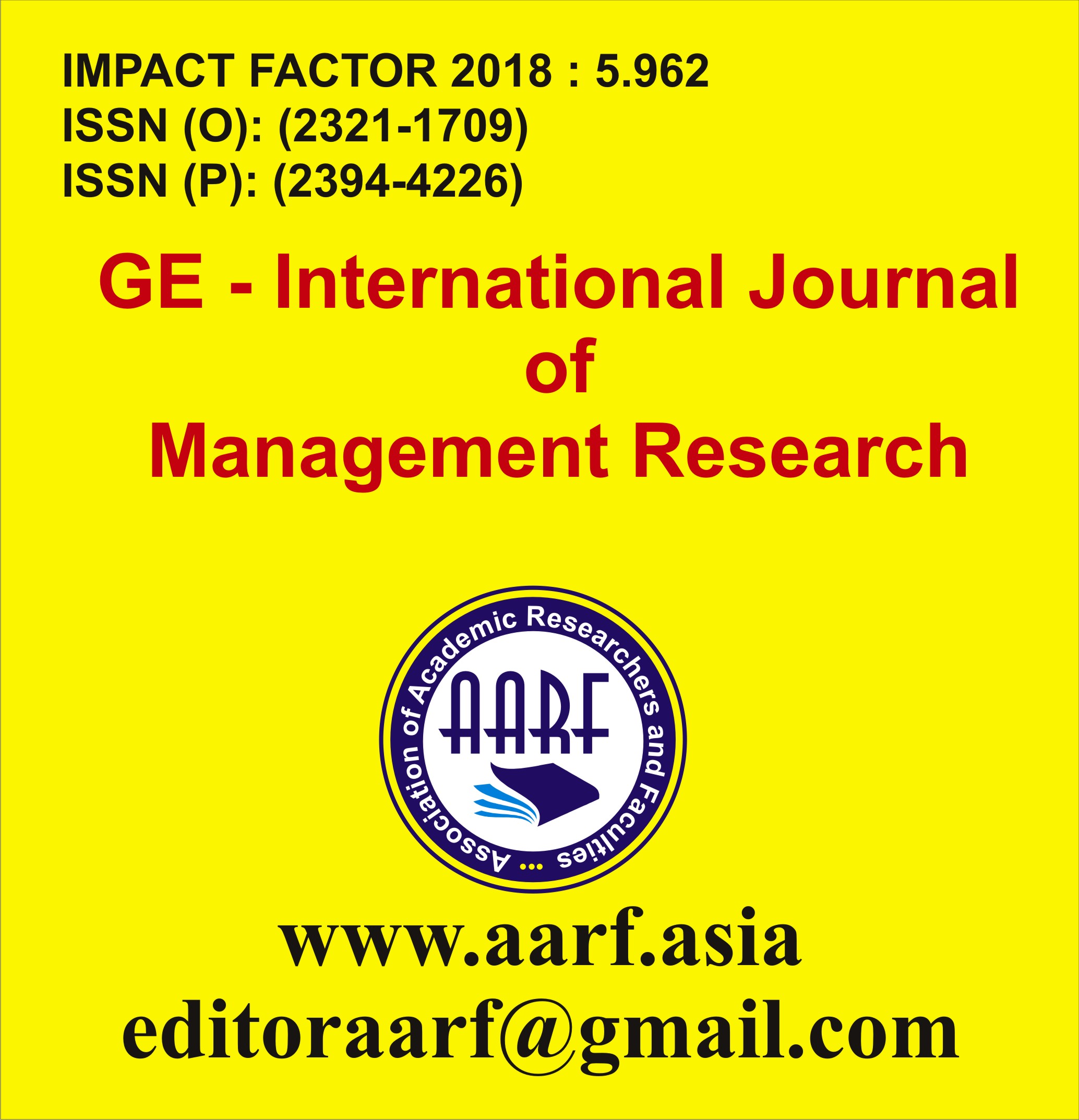
- Current Issue
- Past Issues
- Conference Proceedings
- Submit Manuscript
- Join Our Editorial Team
- Join as a Member

| S.No | Particular | Page No. | |
|---|---|---|---|
| 1 |
Dr. Tavleen Kaur & Ritesh Kumar DubeyAbstract: Employees frequently face ethical dilemmas in organizations. Employees’ reaction toethical dilemma is greatly influenced by personality traits. It therefore becomes very important for practitioners and researchers to understand the relationship between personality traits and ethical (unethical) decision making. |
|
1-14 |
| 2 |
Cabasag Lota, Garvida, Marc, Zipagan RenanteAbstract: This research paper aimed to test the effectiveness of the use of students’ self-assessment in mathematics class. |
|
15-25 |
| 3 |
Rebecca C. Morilla, Rene R. Belecina, Marc D. GarvidaAbstract: The study attempted to describe grade school teachers’ level of conceptual knowledge and procedural skills in elementary mathematics. Content areas covered in elementary mathematics include whole numbers, rational numbers, geometry, measurement, and graphs. |
|
26-53 |
| 4 |
Prof. Parkhe G. G.Abstract: Life Insurance Corporation of India (LIC) is a monolithic company from last few decades. After the successful implementation of economic reforms in life insurance sector in India, LIC of India has made several positive efforts to triumph the hearts of the people. |
|
54-64 |
| 5 |
Dr. Dang Thi Bich LoanAbstract: The objective of this paper was to identify determinants satisfying the enterprises’ needs at Vietnam Forestry University in Dong Nai province. This paper was conducted during the time from June, 2014 to July, 2015. |
|
65-74 |
| 6 |
Dr. MonikaAbstract: Digital libraries are getting popularity rapidly. Digital libraries have the many properties like they store, preserve, distribute and protect contents in different formats and, at the same time, they allow interaction between the user and the contents; they are always present, both geographically and over time; they can make works internationally known, enhancing referencing and citations; they can make public the products of the educational process and let them be used as inputs for further learning. |
|
75-80 |
| 7 |
Dr Surinder SharmaAbstract: The objective of the study is to compare the growth and forecasts of employment in organized sector in public and private sector India. The results of the ongoing study show that for the period of 2001 to 2012 public sector held the dominant position in terms of growth of organized sector employment as compared to the private sector in India |
|
81-93 |
| 8 |
Dr. Mamta SharmaAbstract: Empowerment is a process where by women become able to organize themselves to increase their own self reliance to assert their independent right to make choices in challenges an criminating their own subordination. Manu's saying that |
|
94-99 |
| 9 |
राकेश कà¥à¤®à¤¾à¤° यादवAbstract: गà¥à¤°à¤¾à¤®à¥€à¤£ समाज में जाति à¤à¤µà¤‚ वरà¥à¤— आधारित सतà¥à¤¤à¤¾ संरचना |
|
100-105 |
| 10 |
Dr. Gurdeep BholaAbstract: Education is very important for every child. It is sad that some communities still discriminate against the education of the girl child. Education is the major factor for the empowerment, prosperity, development and welfare of girls. The discrimination of the girl child from the womb to the grave is well known. There is a continuing inequality and vulnerability of girls in all areas of economic, education, social, political, health care, nutrition, rights and legal etc. The oppressed girls in all walks of life need to be empowered in all walks of life. To fight against socially constructed gender biases, girls and women have to swim against the system which requires more strength |
|
106-112 |
| 11 |
Dr. ArchanaAbstract: All religious traditions of the world agree that ahimsa alone can be the basis of our survival. It is a very old, broad and base of Indian moral philosophy. It is not only a moral philosophy but also it has been one of the major ethical principles in the daily life of Indian people, starting from ancient Indian civilization. The Vedic culture begins with the life of actions and enjoyment and proceeds towards the life of austerity and renunciation, but the shramanic culture originates in renunciation from the very beginning. In Mahabharata, it is said: |
|
113-119 |
| 12 |
Babita RaniAbstract: No one can predict the future. The future will have lot of changes. Changes are the real challenges that the knowledge economy librarians are going to face with. In recent years technology has made tremendous impact on every profession including Librarianship. Library professionals, as intermediaries have to cope with the “knowledge explosion†which is the result of the information technology and high expectations of the users. New skills and knowledge will have to be acquired and the existing skills have to be enhanced to survive. This paper focuses on some of the skills, personal traits and attitude and knowledge that are necessary for the 21st century Librarianship |
|
120-123 |
| 13 |
DR. PANCHALI SHARMAAbstract: Social media has become an integral part of modern society, revolutionizing the way we communicate, share information, and interact with others. This paper provides an overview of the historical development and growth of social media, examining its rise to prominence and influence in our lives. It explores the impact of social media on vocabulary, slang, grammar, and syntax, highlighting the ways in which language evolution has been shaped by online communication. Furthermore, the sociocultural implications of social media are discussed, including its role in connectivity, the amplification of voices, and its influence on culture and identity. The paper also explores the educational considerations associated with social media, emphasizing its potential for enhanced access to information, collaboration, and student agency, while addressing concerns related to digital citizenship, online safety, and critical thinking. By understanding the multifaceted impact of social media, individuals and educators can harness its benefits while navigating the challenges it presents |
|
124-132 |
| 14 |
Dr Govind DeshmukhAbstract: Swami Vivekananda, a renowned philosopher and spiritual leader, had a profound impact on India's society by advocating for social change and enlightenment. His teachings and ideals sparked a transformation in India's outlook, addressing issues such as caste discrimination, women's rights, and education. Through his powerful messages and charisma, Vivekananda inspired a wave of social reform movements, leaving an enduring legacy that continues to influence India's societal landscape. This study delves into the multifaceted aspects of his contributions to social reform, shedding light on his remarkable influence on India's path towards progress and equality. |
|
133-148 |
| 15 |
Dr. Bhimrao R. MeshramAbstract: The field of Criminology and Correctional Administration in India is a complex and multifaceted area of study that seeks to understand the causes of crime, the nature of criminal behavior, and the most effective ways to prevent and respond to criminal activity. Criminology in India has a rich history, dating back to ancient times. Indian philosophers and thinkers have long pondered the nature of crime and the best ways to address it. In modern times, criminology in India has been influenced by both Western and Eastern perspectives, resulting in a unique and diverse field of study. One of the key areas of focus in Indian criminology is the study of the social and economic factors that contribute to crime. Researchers have examined the role of poverty, inequality, and social exclusion in driving criminal behavior. They have also investigated the impact of cultural and religious factors on crime rates. Another important area of research in Indian criminology is the study of the criminal justice system. Scholars have examined the effectiveness of various policing strategies, the fairness of the judicial process, and the role of prisons in rehabilitating offenders. Correctional Administration in India is also a complex and challenging field. India has a large prison population, and overcrowding is a major problem. There are also concerns about the quality of prison conditions and the lack of adequate rehabilitation programs. |
|
149-156 |





















